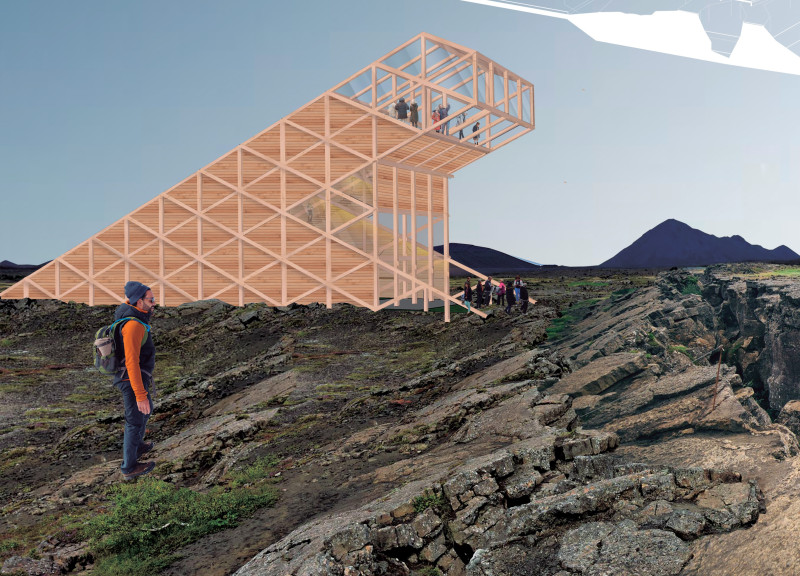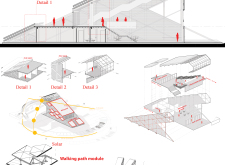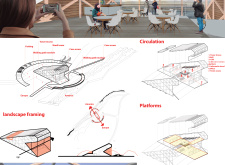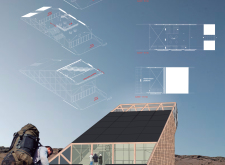5 key facts about this project
At its core, the project serves a multifaceted purpose, acting as a hub for various activities. Whether it is designed for residential living, community engagement, or commercial activity, the architecture facilitates interactions among its inhabitants, promoting a sense of belonging. The flow of spaces within the design has been meticulously organized to encourage movement and interaction, with common areas that foster social engagement while maintaining private retreats for individual use. Attention to detail is evident in the layout, which incorporates both open and enclosed spaces that balance communal and solitary experiences.
One of the notable aspects of this architectural design is its innovative use of materials, which enhance both the functionality and visual appeal of the project. By combining materials such as concrete, glass, wood, and steel, the design showcases a balance between durability and warmth. Each material has been chosen not only for its aesthetic qualities but also for its performance characteristics, ensuring that the building resonates with the environmental context. This conscious selection reflects an understanding of the role materials play in shaping the experience of both the interior and exterior spaces.
Additionally, the architecture incorporates sustainable design strategies that address the increasing imperative for eco-conscious practices in modern building. Features such as energy-efficient systems, rainwater harvesting, and green roofing contribute to reducing the project's carbon footprint while promoting an environment conducive to well-being. These elements ensure that the architecture not only meets the immediate needs of its occupants but also aligns with a broader ecological responsibility.
The unique design approaches in this project further position it as a significant contribution to contemporary architectural discourse. For instance, the incorporation of natural light through large, strategically placed windows creates an airy atmosphere that enhances the user experience within the spaces. The orientation of the building is also carefully considered to optimize natural ventilation, reducing reliance on mechanical systems. Such strategies not only improve environmental performance but also promote a healthier indoor environment, aligning with modern demands for well-being.
Landscaping plays a critical role in framing the overall architectural narrative. The project integrates outdoor spaces that invite users to engage with their environment. Features like landscaped gardens and walkways blend the built structure with nature, creating a harmonious relationship that encourages outdoor activities and enhances the aesthetic quality of the space. This connection between architecture and landscape design underscores the importance of context in the overall approach.
The project stands out for its ability to adapt to its surroundings while maintaining a distinctive identity. The balance between contemporary architectural elements and local contextual influences symbolizes a meaningful dialogue between tradition and modernity. By doing so, the design not only serves its immediate purpose but also respects the cultural heritage of its location.
For those interested in delving deeper into the architectural nuances of this project, exploring the architectural plans, sections, and the various design ideas will provide further insights into its complexity and thoughtful execution. This project embodies a dedicated approach to architecture that values the interplay between form, function, and environmental responsibility. To truly grasp the essence of this design, viewers are encouraged to consider the intricacies behind the architectural decisions made throughout the project's development. This examination offers a comprehensive understanding of how architecture can effectively respond to contemporary challenges while fostering a sense of community and well-being.


























